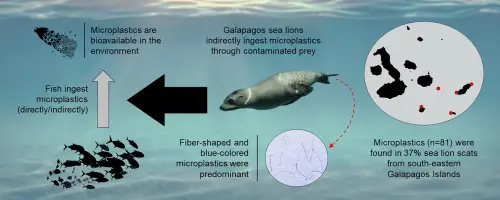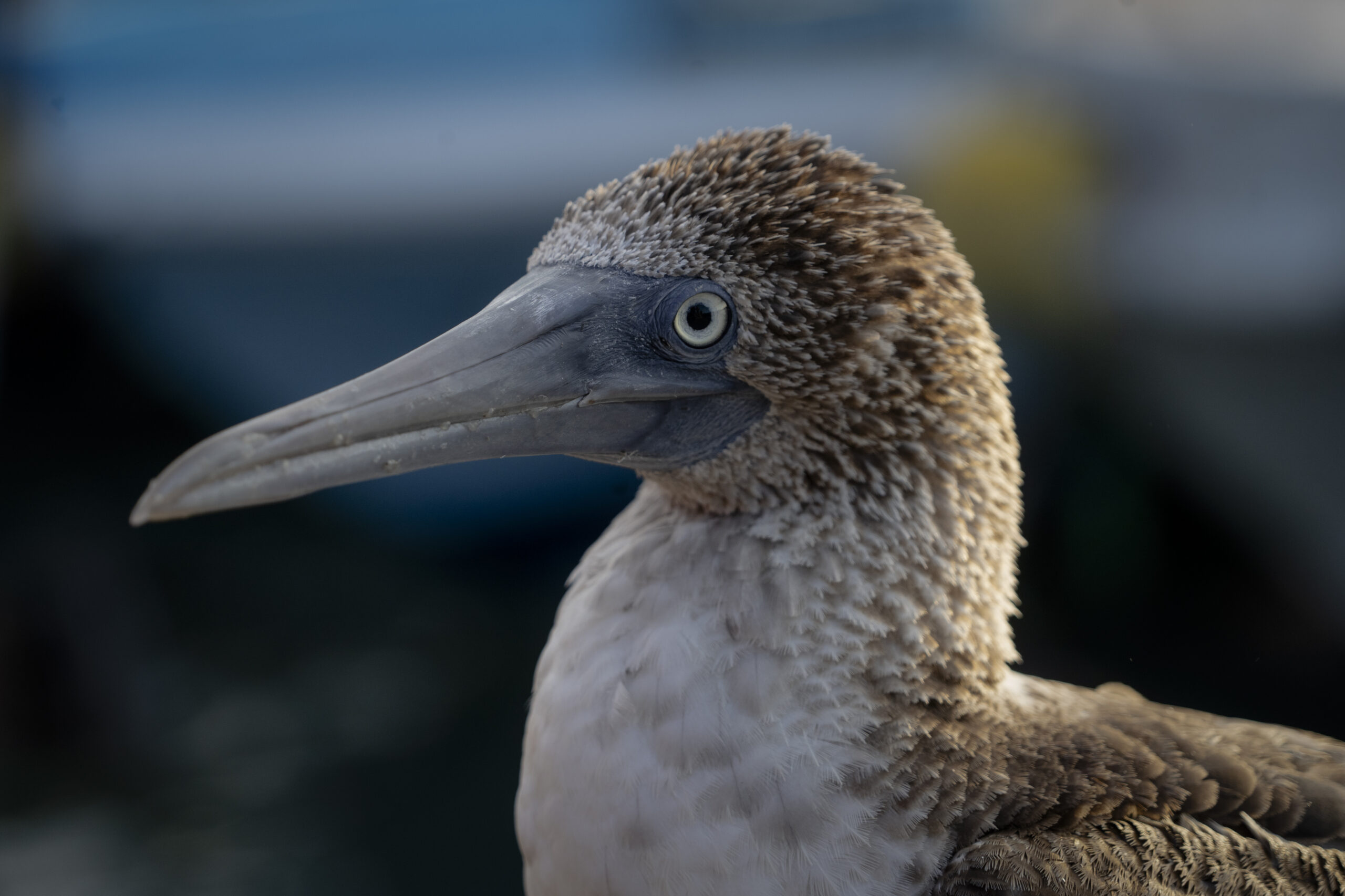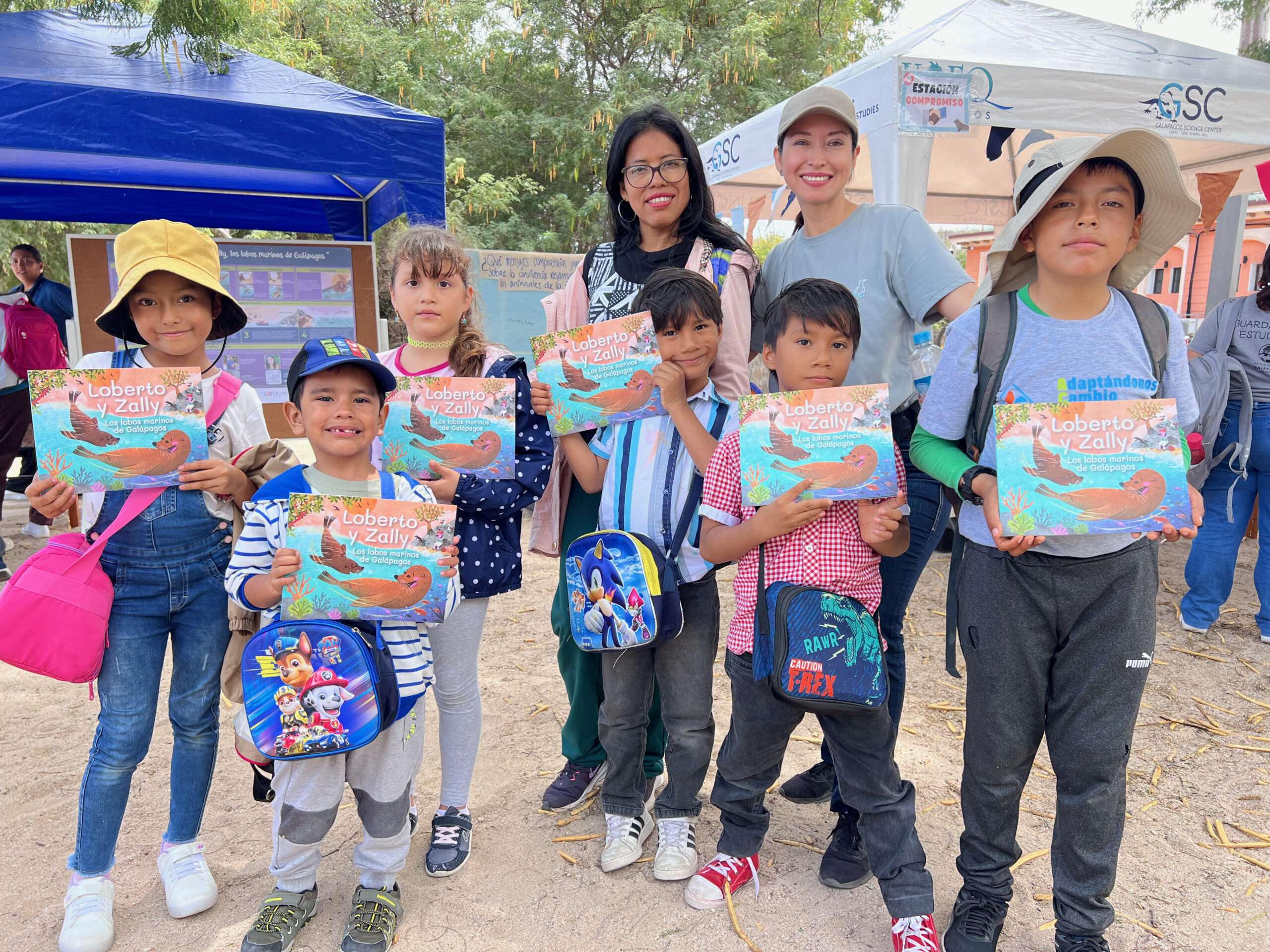Abstract
Marine debris pollution poses a significant global threat to biodiversity, with plastics being the primary debris type found in oceans due to their low-cost production and high demand worldwide. Microplastics (MPs, <5 mm in size) are highly bioavailable to a wide range of marine taxa, including marine mammals, through direct and indirect ingestion routes (i.e., trophic transfer). Recently, MP pollution has been detected on the Galapagos Marine Reserve, so in this study we developed a baseline framework for MP pollution in the Galapagos sea lion (GSL, Zalophus wollebaeki) through scat-based analysis. We collected 180 GSL scat samples from the southeast region following strict quality assurance/quality control protocols to detect, quantify and characterize physical-chemical properties of MPs through visual observations and μFT-IR spectroscopy. We recovered 81 MPs of varying sizes and colors in 37 % of samples (n = 66/180), consisting mostly of fibers (69 %, = 0.31 ± 0.57 particles scat−1). The number of particles per gram of sample wet weight ranged from 0.02 to 0.22 ( = 0.04 ± 0.05 particles scat wet g−1). El Malecón and Punta Pitt rookeries at San Cristobal Island had the highest number of MPs ( = 0.67 ± 0.51 and 0.43 ± 0.41 particles scat−1, respectively), and blue-colored particles were the most common in all samples. We identified eleven polymers in 46 particles, consisting mostly of polypropylene-polyethylene copolymer, polypropylene, cellulose, polyethylene, and polyvinyl chloride. The textile, fishing, and packaging industries are likely significant sources of microfibers into this insular ecosystem. Our results suggest that the GSL is exposed to MPs due to anthropogenic contamination that is subsequently transferred through trophic processes. These findings provide an important baseline framework and insights for future research on MP pollution in the region, as well as for management actions that will contribute to the long-term conservation of the GSL.
Read the article in the link: https://www.sciencedirect.com/science/article/abs/pii/S0048969723048489?dgcid=coauthor






